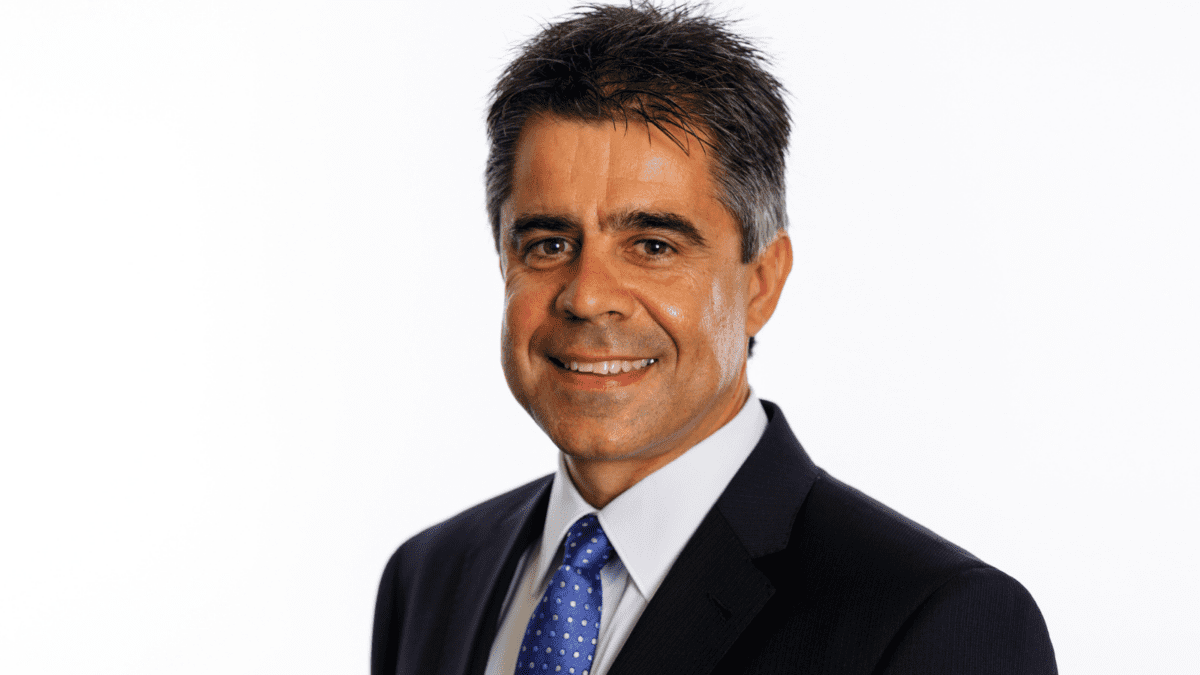What return should your SMSF have achieved in 2020?
According to Chant West Research, the median ‘Balanced’ industry super fund delivered a return of 3.0% for the entirety of 2020; not a bad result but not shooting the lights out either. There is little doubt it was a very difficult year for investors and the world in general, faced with a health crisis that forced a near complete shutdown of the global economy, so simply delivering a positive return is in many ways a surprise.
One of the most difficult parts of assessing the performance of the industry fund sector, is the ability to differentiate between both asset allocation ranges and to consolidate all the information for funds ranging from $5 billion to $100 billion in assets under management. 2020 continued the recent trend of the big getting bigger but also of internalisation, with a number of industry fund mergers combined with significant growth in internal portfolio management teams.
Chant West Research has stood out as the leader of the pack in terms of collating and assessing performance data. The group is typically the first to market within three weeks of the end of each month outlining the industry wide data, whilst many funds themselves take some time to update their websites. Chant West offers a median return for the sector in general, which as a refresher of high school mathematics, is the fund that sits in the middle of all results. This median approach is likely the most appropriate, removing the outliers and top performers that attract all the headlines and offering investors a real alternative for comparing their own fund, be that industry, retail or even an SMSF.
The labelling of industry and other super funds as ‘balanced’ or ‘growth’ continues to attract headlines, as does the classification of assets like private credit, private equity and other unlisted assets. The analysis seeks to allay this issue by clearly separating funds into five key sub sectors:
- All Growth – Must have growth assets of 96 per cent to 100 per cent;
- High Growth – Growth assets of 81 per cent to 95 per cent;
- Growth – Growth assets of 61 per cent to 80 per cent;
- Balanced – Growth assets of 41 per cent to 60 per cent;
- Conservative – Growth assets of 21 per cent to 40 per cent.
These allocations are becoming more widely accepted as reflected the true nature of the associated ‘risk profiles’, yet there are many ‘balanced’ funds that would actually more closely align with the growth or even high growth options when assessed on traditional asset allocation measures.
What were the returns?
In 2020, the returns were generally below CPI plus objectives, with the median funds generating a 12 month return as follows:
- All Growth – 4.1%
- High Growth – 3.7%
- Growth – 3.7%
- Balanced – 3.0%
- Conservative – 2.4%
Commenting on the results was Chant West Senior Investment Research Manager Mano Mohankumar who said “if we take ourselves back to late March, the prospect of finishing the year up 3.7% would’ve been inconceivable. Over February and March, major share markets took a beating and the median growth fund plummeted 12 per cent. Markets rallied from that point, however, and growth funds rode the rally to surge 15.5 per cent over the remaining nine months of the year”.
Interestingly, the Future Fund reported their own 2020 performance today, growing just 1.7% during the year and announcing they hold close to 20 per cent of the portfolio in cash.
Value of active management
The median returns obviously do not account for those people who decided to switch to lower risk options to ‘preserve capital’ in March and April, which in many cases was devastating and actually resulted in the crystallisation of losses. However, the industry fund returns are likely to have been impacted by two factors; switches and the early release of super scheme.
Both unexpected events are likely to have forced many super funds to sell a portion of their liquid assets, like bonds but particularly equities, in order to ensure they had enough cash on hand to fund withdrawals; which they did. The issue of course is that the sales and sell offs occurred at the same time. Similarly, this has been exacerbated by the difficultly in offering human support during times of crisis when call centres across Australia are overrun.









